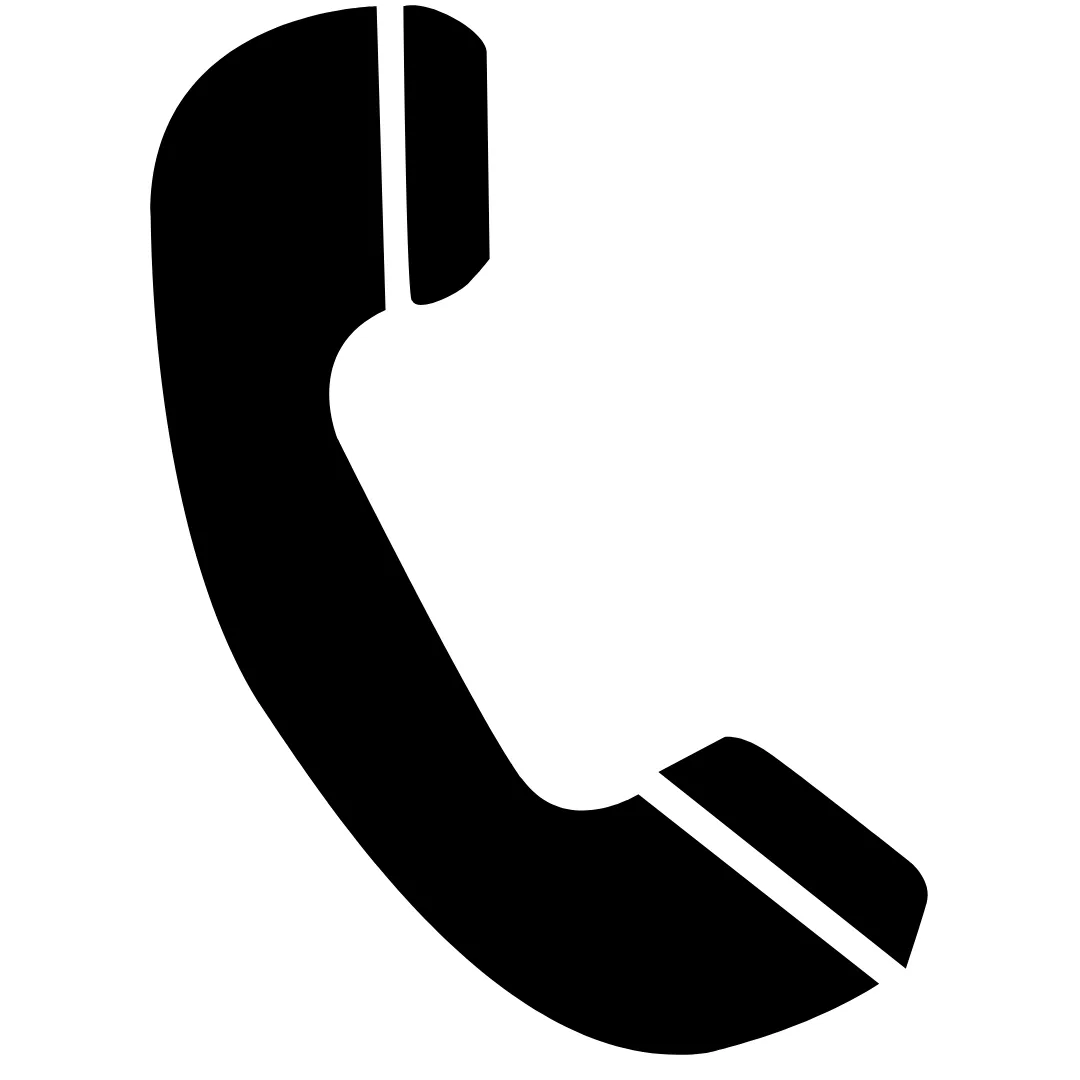Small Business Marketing Products for Service-Based Businesses
Your service business doesn’t need another funnel — you need a plan.
At AdWise Creative, we help you use the right tools in the right order.
From free DIY strategies to AI-powered growth,
without wasting $2K on hype.
Real tools. Clear plan. No fluff.
...or...
Where Are You in the Climb?
Start where you are. Build what you need. Grow without wasting money.

The Marketing Mountain
Starting a business shouldn't require $2K mistakes. The Marketing Mountain gives you the tools, tactics, and tutorials to build your own foundation—SEO, content, video, and visibility—without spending money you don’t have. It's DIY that actually gets results.

LeadForge
LeadForge builds scroll-stopping, list-growing lead magnets that actually convert. With AI-backed strategy and proven formats, we create irresistible freebies that grab attention and drive action — so you get leads while doing what you do best.

Overwhelmed by content? In one call, we’ll map out 10 weeks of strategic, platform-ready content designed to grow your visibility, connect with leads, and save your sanity. It’s custom-built for solopreneurs and service pros who need traction fast.

A website isn’t just a brochure—it’s your best salesperson. We build high-converting, scalable websites in HighLevel that integrate lead magnets, follow-ups, and SEO into one smart system. Designed to grow with your business, not get replaced every year.

One day. One expert. One complete build. We go deep into your business model, brand story, offers, and automation—and by the end of the day, you walk out with a marketing system that works as hard as you do. Built fast. Built smart.

The Builder's Code
The future of marketing is systems and scale. The Builder’s Code brings AI, automation, and advanced workflows to your business—so you can grow without adding chaos. From chatbot flows to follow-up automation, we help you build a machine, not a mess.
Why Cobble It Together
When You Can Build It Right?
Most agencies treat your business like a checklist. One for SEO. Another for content. Someone else for lead magnets. It's slow, expensive, and disconnected.
At AdWise, every piece fits. From lead magnets to websites to automation - we build systems that support your growth, not just your checklist.

Bradenton, FL
